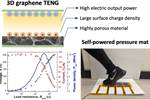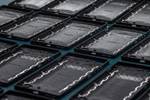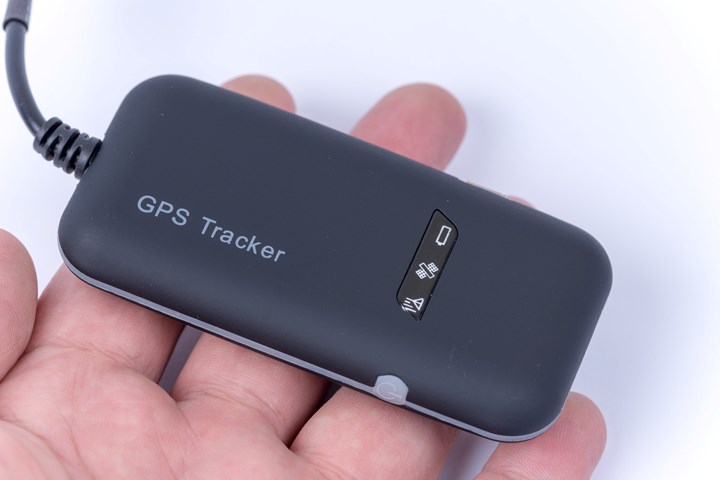SABIC LNP Thermocomp WF006V compound optimizes electronics
Debut of the glass fiber-reinforced grade has the potential to help improve LDS antenna performance, dielectric properties and aesthetics in consumer electronics, appliances.
This GPS tracker and car alarm navigation device is one electronic application example that incorporates SABIC’s LNP Thermocomp WF006V grade. Photo Credit: SABIC
SABIC (Riyadh, Saudi Arabia) highlights a new glass fiber-reinforced LNP Thermocomp WF006V compound, which is well-suited for laser direct structuring (LDS) of antennas that are integrated into the housings and covers of consumer electronics devices, appliances and other electronic components.
The new material can help facilitate the adoption of LDS antennas to replace incumbent options such as flexible printed circuit (FPC) antennas by enabling customers to create complex and miniaturized designs, accelerate production and reduce system costs.
LNP Thermocomp WF006V is reported to provide a tensile modulus more than two times higher than that of unfilled polybutylene terephthalate (PBT) or polycarbonate (PC) resin, and could be used for molding small, thin-wall parts. It also delivers good surface quality to meet aesthetic requirements, and offers good signal gain and LDS performance. Moreover, compared to traditional materials, the glass fiber-reinforced grade provided improved chemical resistance, hydrolytic stability and lower warpage.
“Antennas are essential components of applications with wireless connectivity, such as smartphones, smart appliances and GPS trackers,” Joshua Chiaw, director of business management for LNP and Noryl, Specialties, SABIC, says. “LDS has become a key enabling technology for these antennas. Our new LNP Thermocomp material can help customers optimize the design, production cycle time and appearance of LDS-integrated antennas in a growing array of applications.”
The LDS process allows an antenna design to be directly transferred onto the 3D surface of a part molded from a polymer with distinctive additive chemistry. After laser activation of the pattern and chemical plating, the antenna is connected to a circuit. This technology supports part integration, minimizes space requirements, simplifies prototyping and enables cost-effective mass production.
SABIC says its LNP Thermocomp WF006V compound addresses the challenges of incumbent materials, and has the potential to avoid yield loss, rework and subsequent extra cost. Chemicals used in the electroless plating process can erode some glass fiber-reinforced materials, causing the fibers to migrate to the exterior of the part where they affect surface finish. Other materials can warp due to their anisotropic characteristics. Still another challenge is excessive moisture absorption by certain resins, which can result in poor dielectric stability.
The SABIC compound overcomes all these issues with high chemical resistance, low warpage and low moisture uptake. The material also features good impact resistance and laser welding capability.
Related Content
-
Carbon Mobile carbon fiber powers handheld gaming platform
HyRECM technology effectively stabilizes carbon fiber’s electrical and antenna properties, enabling development of next-gen electronics, such as the Snapdragon G3x Gen 2.
-
Toray rCF from Boeing 787 is incorporated into ultra-light laptops
Torayca-based aerospace components have successfully been repurposed into the Lenovo ThinkPad X1 Carbon Gen 12, highlighting the ongoing application of recycled composites.
-
ExoTechnologies completes testing on recyclable motorcycle helmet
Helmet fabricated from Danu composites demonstrates improved weight reduction, impact resistance and complete recyclability compared to carbon fiber alternatives.
















